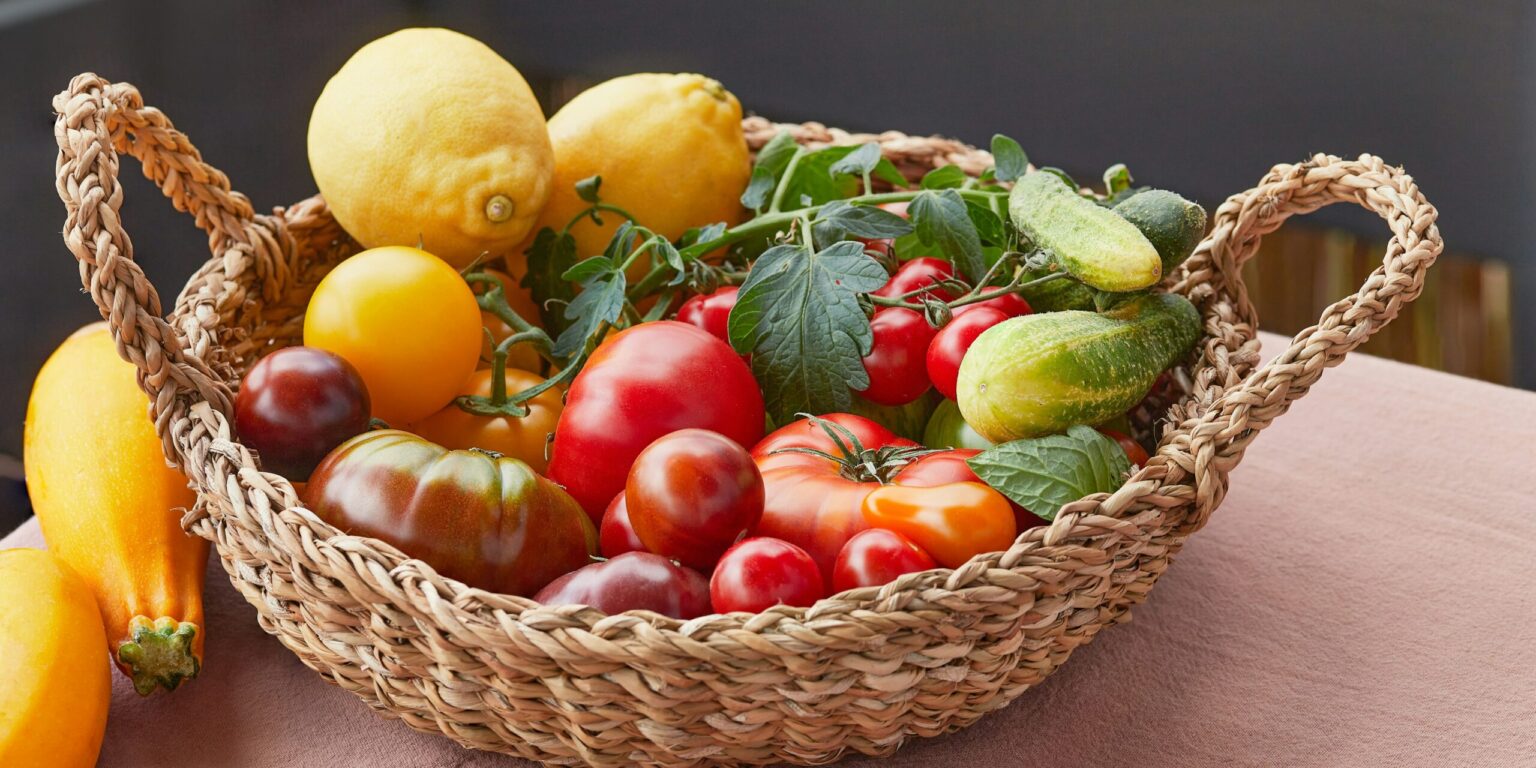Every September, a quiet but powerful public health movement sweeps across the United States. Known as National Fruits & Veggies Month, the initiative serves as a nationwide reminder of the importance of adding more produce to daily meals. Launched in 2019 by the Produce for Better Health Foundation, the campaign has grown into an annual tradition that mobilizes schools, nutritionists, retailers, and community leaders around a simple but impactful message: eat more fruits and vegetables for better overall well-being.
The campaign originated as part of the foundation’s broader “Have A Plant®” initiative, which evolved from the earlier “Fruits & Veggies—More Matters” program. Its modern incarnation takes a more holistic approach, linking the enjoyment of fresh foods with mood, social connection, and long-term health. The central message is straightforward yet powerful—Americans are encouraged to add just one more fruit or vegetable to their routine each day. This incremental approach is designed to be accessible, countering the perception that healthy eating requires radical lifestyle changes.
Throughout the month, organizers use creative outreach methods to bring the campaign to life. Social media plays a central role, with the hashtag #HaveAPlant appearing in challenges, contests, and educational content designed to inspire people to try new recipes, explore seasonal produce, and share their experiences online. Nutritionists and health professionals use the month to amplify guidance on how produce can reduce the risk of chronic diseases such as heart disease, diabetes, and certain cancers. Schools participate by integrating themed activities into classroom lessons and cafeteria menus, helping children develop healthy eating habits early. Retailers, meanwhile, join in by spotlighting fresh produce displays, offering discounts, and providing recipe cards to encourage shoppers to pick up additional fruits and vegetables.
Read Also: https://mensinsider.com/national-fruits-veggies-month-kicks-off-across-the-u-s-in-september/
Each year, the campaign adopts a unifying theme to keep the message fresh and relevant. For 2025, the theme remains “Every Time You Eat, Have A Plant®,” reinforcing the idea that produce can and should be a part of every eating occasion. This message reflects a broader cultural shift that ties healthy eating not just to physical health but also to emotional well-being. The Produce for Better Health Foundation emphasizes that incorporating fruits and vegetables is not just about meeting dietary guidelines, but about enhancing daily life—improving mood, providing energy, and creating shared experiences around meals.
The campaign has also gained traction within public programs. The U.S. Department of Agriculture recognizes September as National Fruits & Veggies Month through its Women, Infants, and Children (WIC) program, encouraging local agencies to use the opportunity to help participants maximize their fruit and vegetable benefits. This integration into federal nutrition assistance programs demonstrates the campaign’s influence beyond private advocacy, showing that its message aligns with national policy priorities aimed at addressing diet-related health disparities.
Since its launch, National Fruits & Veggies Month has also become a platform for collaboration between public health organizations, community groups, and the food industry. Toolkits provided by the Produce for Better Health Foundation give participating organizations resources such as press releases, customizable graphics, and messaging templates. These materials make it easier for schools, health systems, and retailers to adapt the campaign locally while keeping the message consistent nationwide. This structured approach has helped the initiative scale up rapidly over just a few years, creating a recognizable brand identity around the idea of celebrating fruits and vegetables.
What sets National Fruits & Veggies Month apart is its emphasis on celebration rather than restriction. Instead of warning against unhealthy foods or focusing narrowly on calorie counts, the campaign highlights the pleasures of eating fresh produce—vibrant colors, diverse flavors, cultural traditions, and seasonal variety. By framing fruits and vegetables as enjoyable and rewarding rather than obligatory, the campaign aims to build a positive relationship with food that can be sustained over the long term.
Public health experts point out that the campaign could not come at a more critical time. Studies continue to show that the majority of Americans fall short of recommended daily intake for fruits and vegetables. At the same time, diet-related illnesses are on the rise, and healthcare systems are grappling with the long-term costs of preventable conditions linked to poor nutrition. By encouraging small, manageable changes, National Fruits & Veggies Month offers a realistic entry point into healthier lifestyles, potentially easing the burden on both individuals and the healthcare system over time.
As September 2025 unfolds, the initiative once again places fruits and vegetables at the forefront of national conversation, reminding people that better health can begin with something as simple as an apple, a salad, or a handful of berries. While the campaign only officially lasts a month, its message is designed to resonate year-round. The call to action is not about temporary diet challenges or quick fixes but about fostering sustainable habits—encouraging Americans to build a healthier, more vibrant future, one piece of produce at a time.
